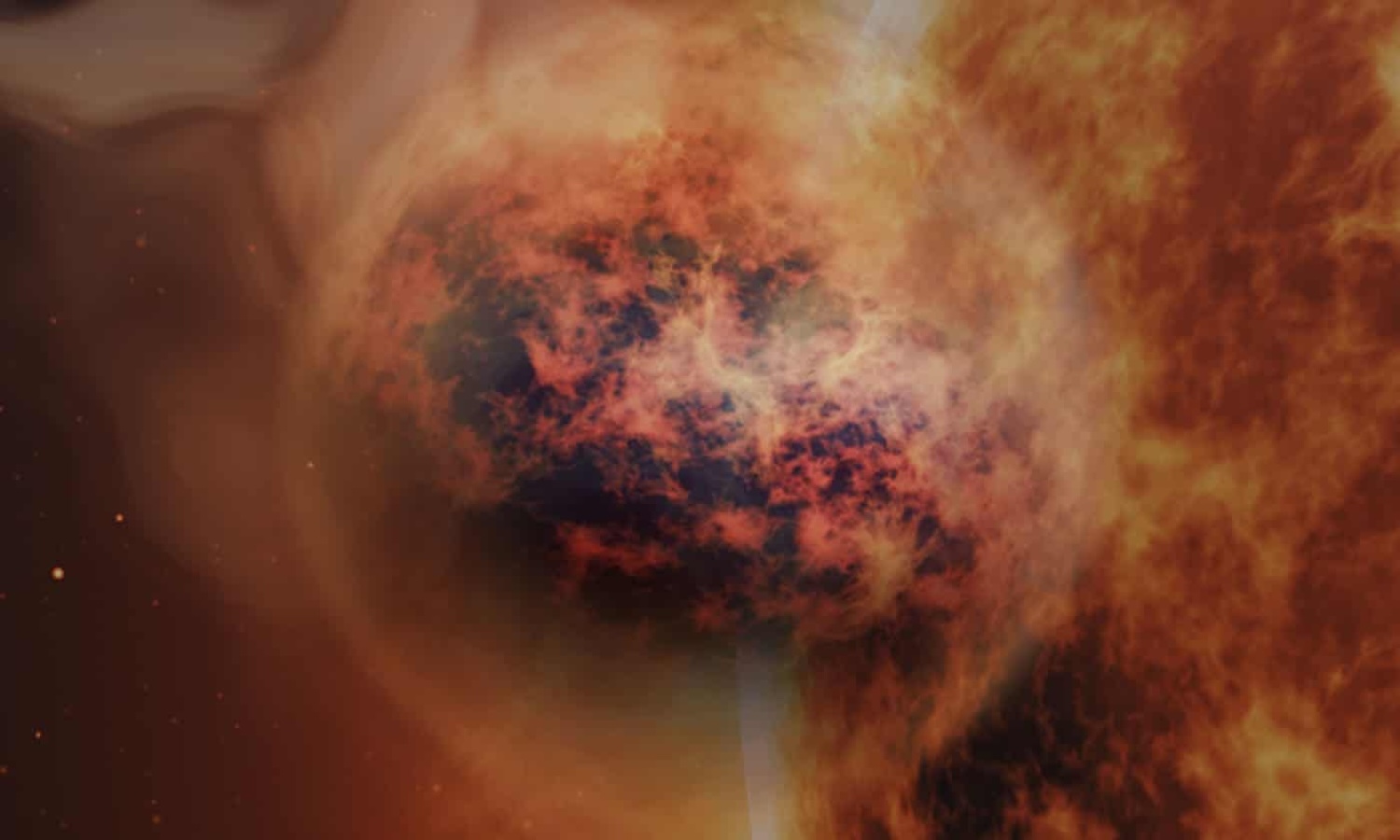Extreme temperatures, violent winds and the sweet smell of burning matches: this star, which guarantees us strong sensations, once again demonstrates the capabilities of the space telescope.
The detection and analysis of planets beyond our solar system is a rapidly expanding field. It allows you to discover environments that are sometimes extreme, sometimes very close to what we already know quite well at home.
This is also one of the major missions of James Webb, who has the difficult task of finding possible traces of life in the atmosphere of distant exoplanets. However, nothing prevents researchers from turning the telescope towards territories less favorable to life, but easier to analyze and just as fascinating.
A cottony planet
The planet ” Daddy’s beard “, is the nickname given to Wasp-107b, which orbits a star in the constellation Virgo, 200 light years from Earth. Discovered in 2017, the planet is as large as Jupiter, but as light as Neptune, making it relatively easy for James Webb to study.
Indeed, to analyze the atmosphere of an exoplanet, the telescope must wait for it to pass between its star and us. The light from the latter being filtered by the atmosphere of its planet, it is possible to guess part of its composition. By its nature, Wasp-107b makes this observation more obvious than in the case of a rocky planet the size of Earth, where the atmosphere is much smaller.
“ It’s an ideal target because it’s really fluffy », Comments Joanna Barstow, planetary scientist at the Open University. “ They are one of the fluffiest planets in existence, and they are what allow us to obtain these important signals when we observe their atmosphere “. But then, what does Wasp-107b tell us about its nature?
The sand cycle
It is the team of Leen Decin, from the Katholieke Universiteit de Louvain, who published an article on the subject in the journal Nature. She describes a world whose atmosphere is composed, among other things, of water vapor and sulfur dioxide. Temperatures can reach 1,000°C in its lower layers, a context sufficiently extreme to rain a third notable element: silicate sand.
Indeed, silicate vapor is constantly extracted from lower altitudes to higher levels of the atmosphere, where it cools and transforms into microscopic grains of sand. These eventually become dense and heavy enough to fall as rain to the lower layers where they return to the gas state. All this forms a cycle similar to that experienced by water on Earth.
Another achievement for James Webb
Wasp-107b is the first exoplanet whose cloud composition has been successfully analyzed. “ We’ve been working on predictions for ten years, but nothing has prepared us for what we’re seeing today “, says Joanna Barstow. “ It’s really exciting. »
This star is clearly not a prime candidate for searching for traces of life. However, the observations that we were able to draw from it are another encouraging sign for the continuation of the James Webb adventure. And, who knows, maybe Wasp-107b or other planets with environments considered extreme have some nice surprises in store for us.
“ There could be many ways to create life on another planet “, says Declin. “ It could be very different from what we know here on Earth. We must expand our imagination. »
Source : The Guardian

3